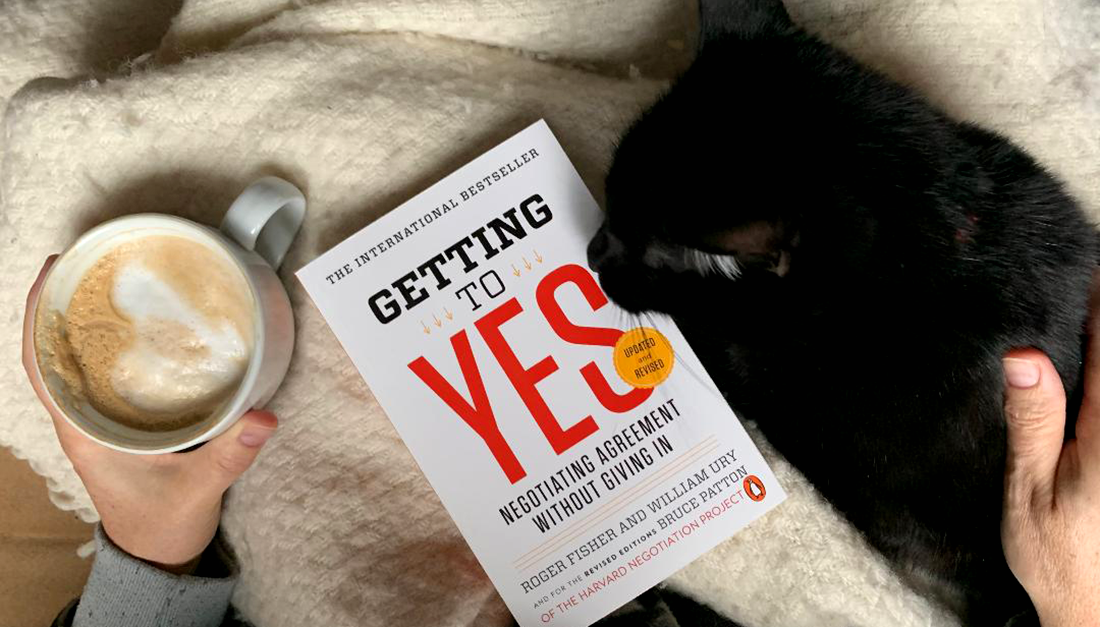Like It or Not, You’re a Negotiator: Getting to Yes
 “Like it or not, you are a negotiator,” state Harvard Negotiation Project faculty Roger Fisher, William Ury, and Bruce Patton in the introduction to this clear and concise guide to negotiating on principle rather than position. This book will help you navigate all the negotiations in your life, from hiring lab staff to deciding where to go to dinner with your spouse. Originally published thirty years ago but still full of sound advice, this revised edition is newly updated with contemporary examples of each component comprising the method of principled negotiation.
“Like it or not, you are a negotiator,” state Harvard Negotiation Project faculty Roger Fisher, William Ury, and Bruce Patton in the introduction to this clear and concise guide to negotiating on principle rather than position. This book will help you navigate all the negotiations in your life, from hiring lab staff to deciding where to go to dinner with your spouse. Originally published thirty years ago but still full of sound advice, this revised edition is newly updated with contemporary examples of each component comprising the method of principled negotiation.
The authors begin by identifying the problems with traditional, or positional, bargaining: namely, that by digging into their positions, each side misses opportunities to work toward mutual gain and to retain good relationships with the opposition. In clearly-delineated and focused chapters, the authors go on to detail each step of their negotiation method. They teach you the best ways to invent options for joint gain—frequently, the parties in a negotiation do not want mutually exclusive things, and in fact can both stand to gain much of what they want, as with the parable the authors use about two children squabbling over an orange and finally dividing down the middle only to learn that one child wanted the fruit and the other the peel. They teach you how to insist on using objective criteria, and the best ways to separate the people from the problem and see things from the other side’s point of view. The dialogues they use to illustrate each of these concepts, ranging from union members speaking with management to a tenant negotiating with his landlord, are especially helpful as starting points for your own negotiations.
If something goes wrong, the authors have your back. In a section on the major problems that can crop up in negotiations, they tell you how to make the most of their method even if the other side has more leverage than you do, or how to use “negotiation jujitsu” when the person on the other side won’t go along with, for example, using objective criteria like average salary for a position across multiple organizations when discussing a possible raise.
Step-by-step structure makes nebulous ideas we have about negotiation strategy concrete. For that, this book is invaluable.
Getting to Yes: Negotiating Agreement Without Giving In (Revised Edition)
Roger Fisher, William Ury, and Bruce Patton
New York: Penguin, 2011
More Resources
- You Can’t Always Get What You Want, But it’s Worth a Try
- Never Split the Difference: Negotiating As If Your Life Depended on It





0 Comments